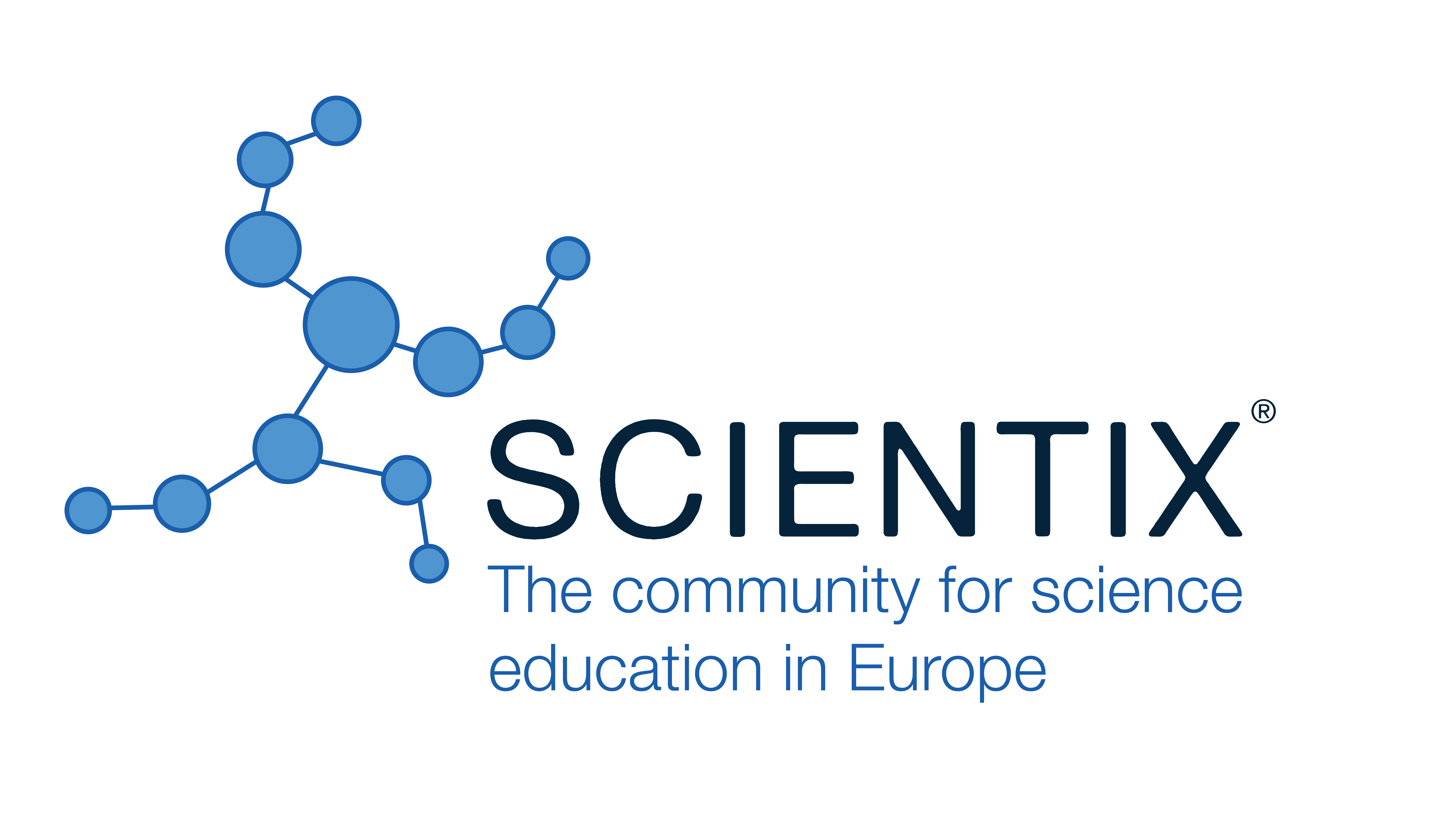Going to Big School: The Transition for Young Children
Imelda Graham, PEIN (Ireland)
Abstract
Going to ‘Big School’ is an important milestone for young children. It is crucial to manage this step in a manner that serves the child well and supports them in settling into this new phase of their lives. This support will help them to settle in happily and securely, and will contribute towards a positive disposition to learning from the opportunities that will be presented to them on their journey through their school years.
The Erasmus + Project, PSPS, PreSchool to Primary School, on this transition has been successfully completed, and is now making the main outcome of the project, the online guidance handbook, available. The handbook was developed following extensive research by the project partners, with research and findings from The Marie Curie Centre, Bulgaria; PEIN, Ireland; the European Parents’ Association. The results of the research led to development of the handbook in a number of units, including: The Child at the Centre, Supporting Social and Emotional Development, Physical Development, Language and Disabilities, Environments. The units are all inter-connected and can be used together or as stand-alone pieces. The handbook is targeted at Primary Schools, Parents and Early Years Settings. This presentation will outline the research results, the resultant handbook development and ideas and suggestions for use.
Moving from preschool to primary school is a big leap for children. It means new faces, new environments, new routines, and a lot of other changes. It may take some children a few months to settle in, while others will settle in quickly. Children will make many transitions throughout their lives, so supporting them through this milestone will influence how they manage change for many years to come.
|
Keywords |
Young children; Transitions; Primary School; Early Years; Parents.
|
|
References |
[1] https://pein.ie/erasmus/erasmus-transitions-project/ [2] https://pein.ie/wp-content/uploads/2024/01/International-Research-Report-01.pdf |
 The Future of Education
The Future of Education





























